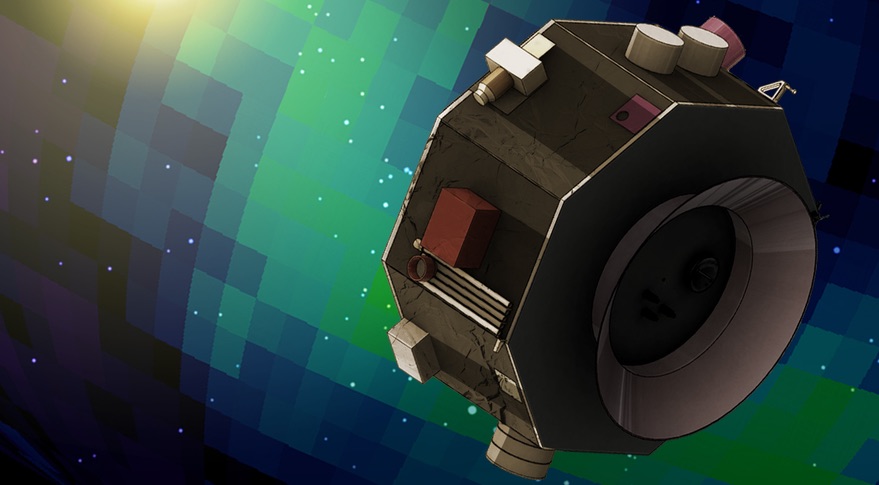Products You May Like
WASHINGTON — NASA has selected SpaceX to launch a space science mission and several secondary payloads, the latest in a series of wins by SpaceX for NASA science missions.
NASA announced Sept. 28 it awarded a contract to SpaceX for the launch of its Interstellar Mapping and Acceleration Probe (IMAP) spacecraft in 2024 from Cape Canaveral on a Falcon 9. The total value of the contract, covering launch and other “mission related costs,” is $109.4 million.
IMAP is a mission NASA selected for development in 2018 as part of its Solar Terrestrial Probes program. It will operate at the L-1 Lagrange point, 1.5 million kilometers from the Earth in the direction of the sun, to the study the boundary of the sun’s heliosphere with interstellar space, and to measure the generation of cosmic rays.
The launch will also carry several secondary payloads as part of a NASA initiative to take advantage of excess capacity on science missions. Those payloads include NASA’s Lunar Trailblazer smallsat, which will orbit the moon to look for water ice, and NOAA’s Space Weather Follow-On L-1 mission, a space weather monitoring mission that, like IMAP, will operate at the L-1 point. Two additional NASA heliophysics “missions of opportunity,” yet to be selected, will also be on the launch.
The contract is the latest in a string of victories for SpaceX in competitions to launch NASA science satellites. Those awards, though, have had a wide range of contract values, even for the same class of launch vehicle.
SpaceX won a contract in April 2019 for the launch of NASA’s Double Asteroid Redirection Test mission in 2021 worth $69 million. Three months later, the company won a contract for the launch of the Imaging X-Ray Polarimetry Explorer smallsat, valued at $50.3 million. In February, it won a contract for the launch of the Plankton, Aerosol, Cloud, ocean Ecosystem spacecraft worth $80.4 million.
All three of those launches, like the IMAP mission, will use Falcon 9 rockets. One reason the IMAP mission may be more expensive than the others is the higher complexity of the mission, which includes several secondary payloads going to both the L-1 point and the moon.
The value of the IMAP contract only slightly less than SpaceX’s first Falcon Heavy contract with NASA, for the Psyche asteroid mission, awarded in February. That contract is worth $117 million.
